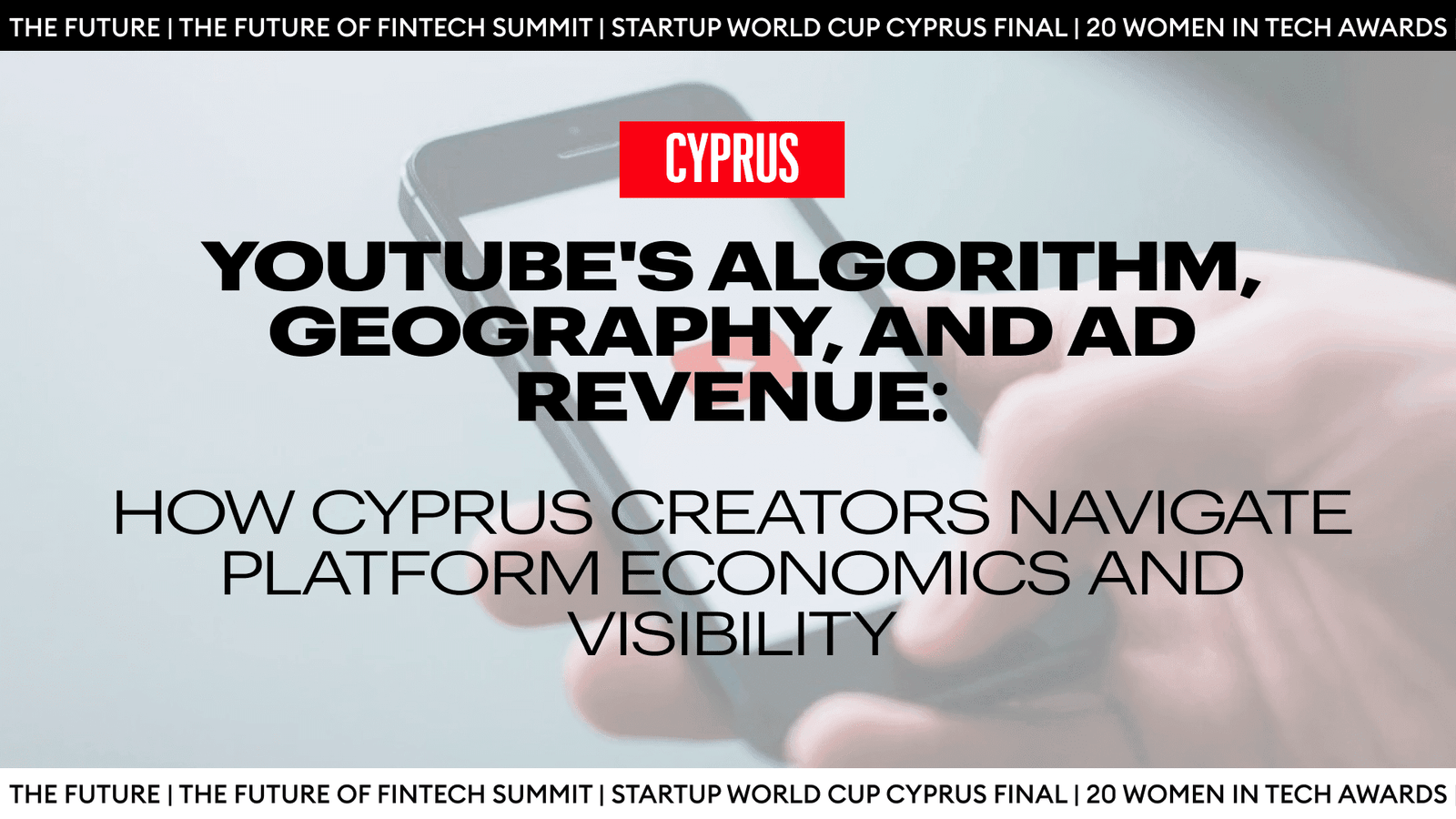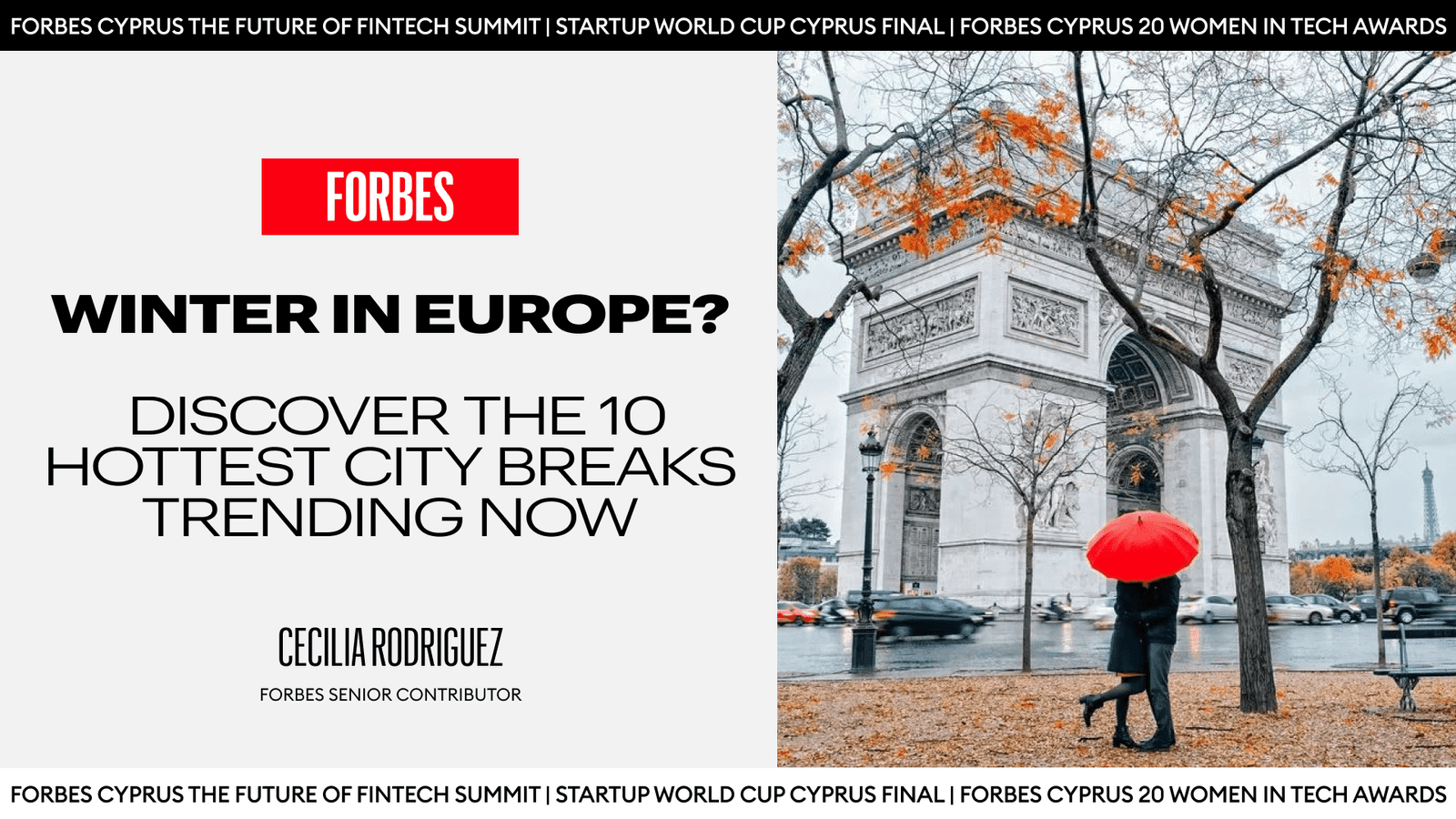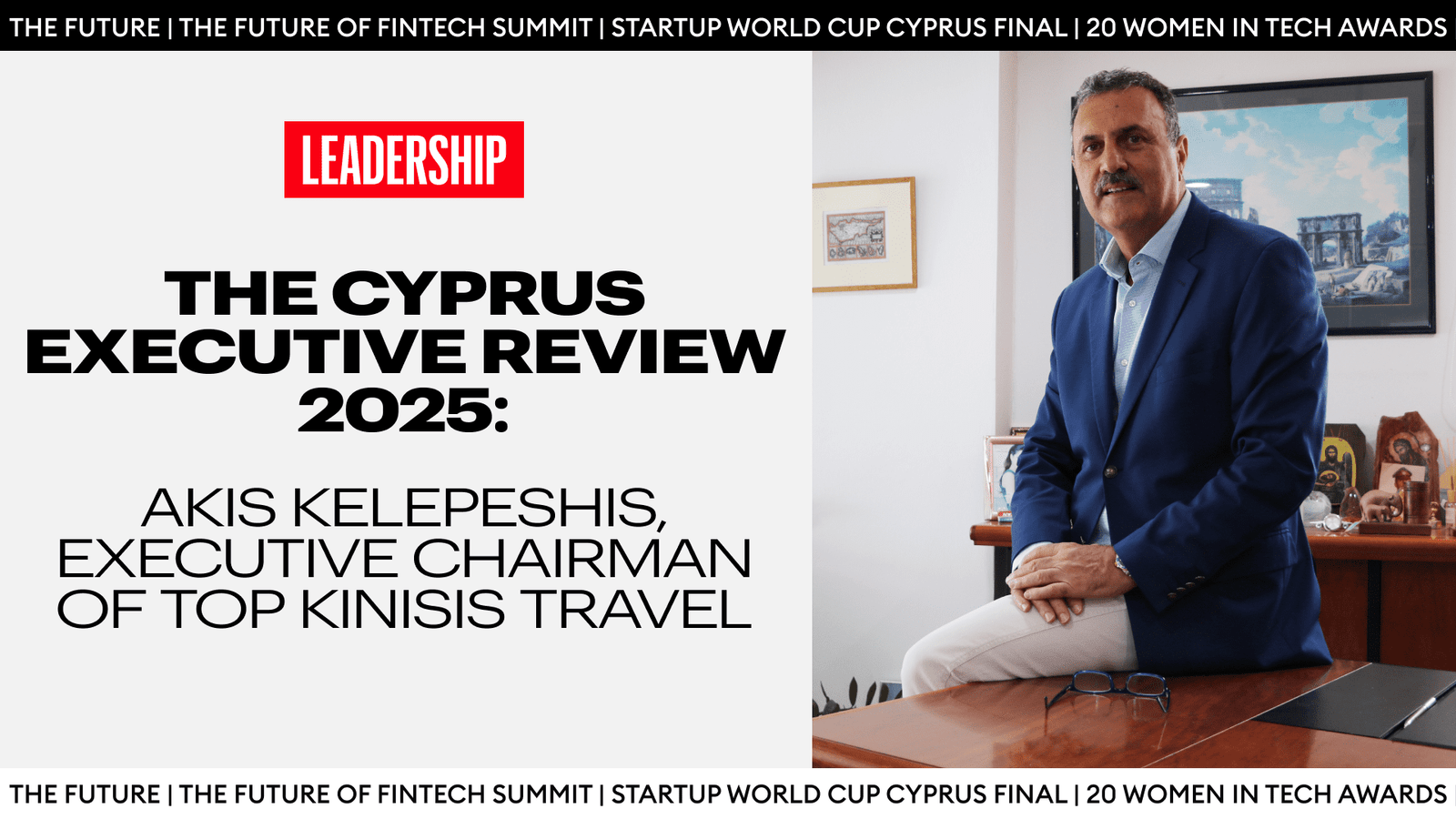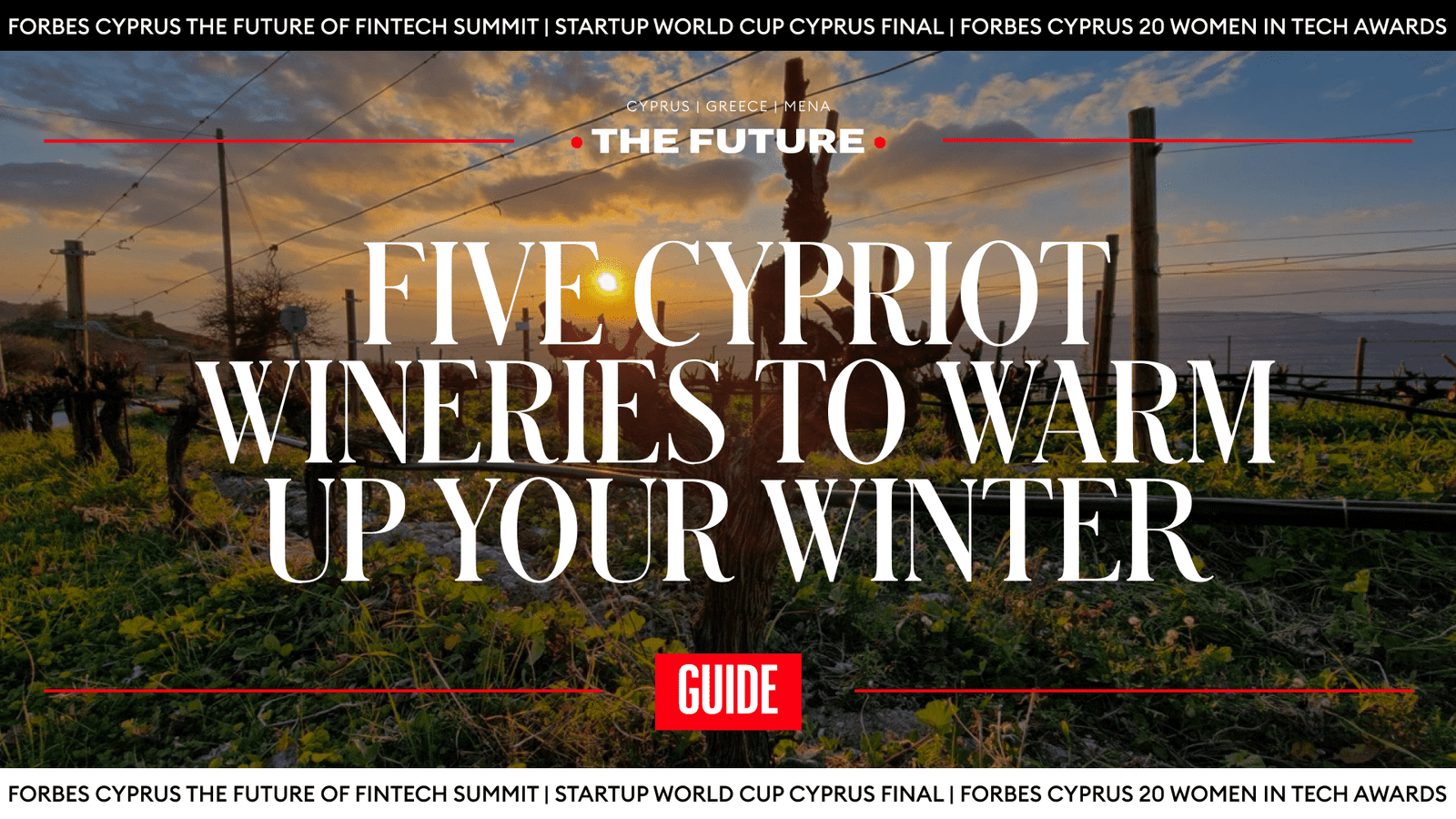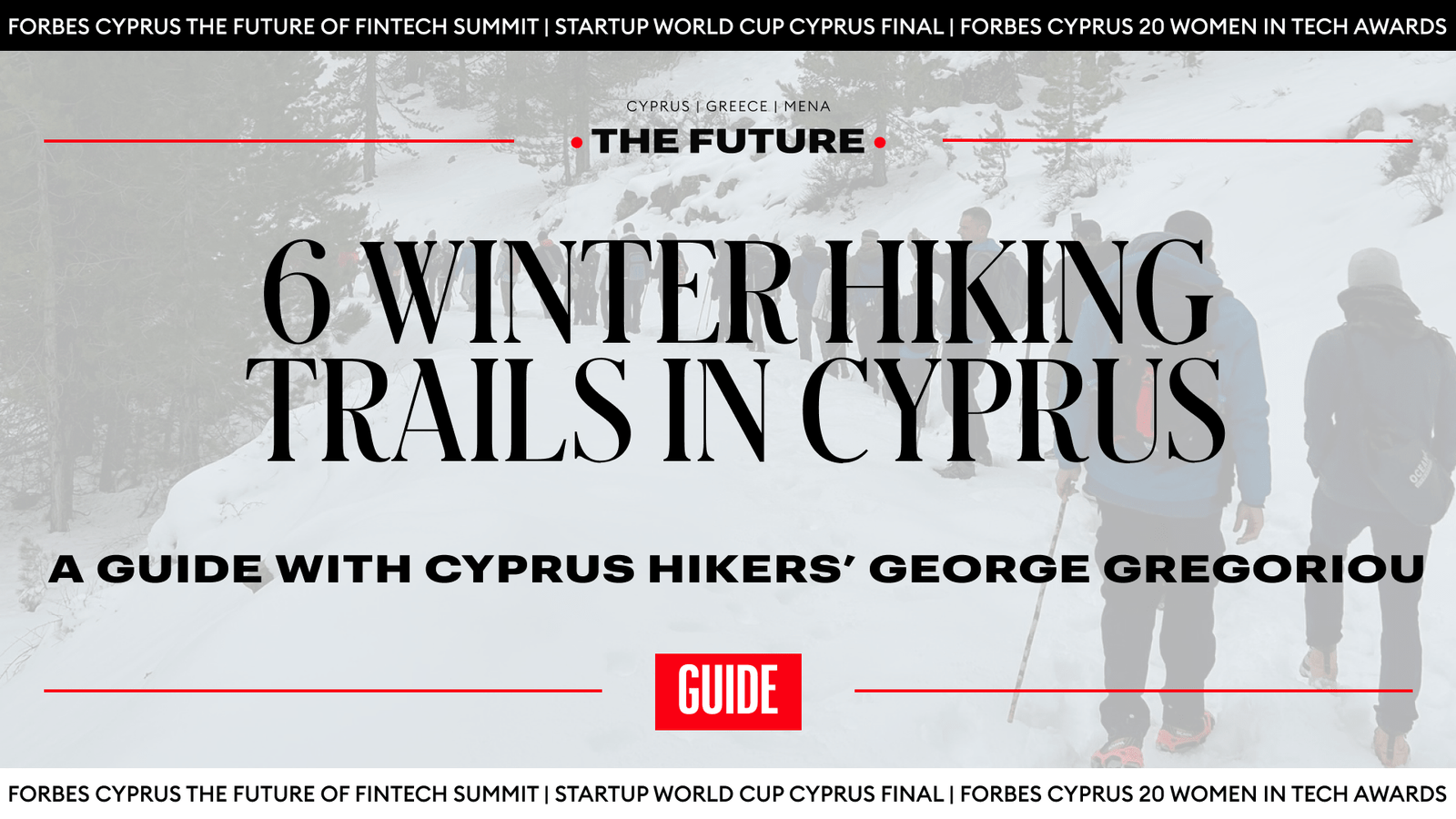In the global digital economy, YouTube’s 2 billion monthly users offer creators access to one of the most dynamic attention economies and one of the top search engines in the world, second only to Google. But what does success actually mean on YouTube? For some, success is a sustainable income from ads and sponsorships. For others, it’s about visibility, creative freedom, or using YouTube as a portfolio to attract work outside the platform.
Take Celine and Katie Steckly, two mid-sized creators based in North America. Celine, with just over 31,000 subscribers, made $5,500 from one video that hit over one million views, already an impressive feat by most standards. Katie Steckly, a content creator with 272,000 subscribers, reported $43,000 directly from YouTube AdSense, a sum significantly higher than the average annual salary on the island.
Follow THE FUTURE on LinkedIn, Facebook, Instagram, X and Telegram
At first glance, it reads like a digital American Dream: any creator, anywhere, can upload content and reach a global audience. But much like its real-world namesake, this promise glosses over the structural disadvantages some creators face. Beneath the open-access façade lies a complex architecture influenced by language hierarchies, regional advertising economies, and, potentially, algorithmic gatekeeping.
Let’s zoom in on Cyprus. With a population of just under 1.2 million and an estimated 300,000 Cypriots in the diaspora, whether in the UK, Australia, or the United States, this small Mediterranean island might not seem like the obvious starting point for a discussion around global digital strategy. But what stands out most isn’t just Cyprus’s size or reach, it’s how its creators approach YouTube, often strategically from their first upload. Many aren’t tailoring content for Cypriots at all. Instead, they build for a global audience from the ground up: choosing English as their language of production, tailoring their content for international relevance, or targeting global niche communities that are not active on the island. Whether or not these strategies are successful (and the definition of success is individual for each creator and their goals) is a different story.
So, how much does geography really matter on YouTube? And how far can creators from smaller markets push against structural constraints that appear to prioritize larger markets?
How the YouTube “Pull” Model Works
To understand what Cypriot creators are up against, it’s important to get a general grasp of how YouTube’s content discoverability actually works, especially its “pull” approach. Traditional broadcast media and most other social media platforms “push” content to audiences based on demographics or behavioral targeting. YouTube, however, waits for engagement signals to decide a video’s distribution potential.
Here’s how it plays out: YouTube doesn’t automatically show your new video to all (potential) viewers. Instead, the platform’s recommendation engine decides whether your content is worth recommending based on a mix of factors, including your viewers’ watch history, how often people click on your thumbnails (click-through rates, aka CTR), viewing duration, and whether they like or comment(interaction metrics). These behaviors indicate whether content is resonating, and if it ticks all the right boxes, you are more likely to be recommended.
The process begins with a test group. When you upload a video, YouTube tests it on a limited audience, usually people in your region or language group. The algorithm closely tracks early performance data like retention rates and user feedback. These metrics feed into YouTube’s machine-learning systems, which then decide if your video gets recommended to a wider audience.
The Geographic Bias: Is that the Question?
While YouTube’s algorithm officially states it prioritizes engagement and watch time, in practice, it often tests new content with users in the creator’s region or with shared language preferences, especially when local language metadata or regional language patterns (such as dialects or accents) are detected. In theory, that doesn’t contradict YouTube’s global nature, but it does mean creators in smaller markets may have a tougher time gaining momentum early on. Creators on forums such as Reddit and Discord often report this pattern, especially when producing content in low-demand or regional languages.
Yiannis Pitsillides demonstrates one strategy for bypassing these limitations. His channel, @YiannisPi, offers in-depth tutorials on topics like Power BI, SQL, and Excel, topics designed for a global audience of data analysts, business intelligence professionals, and aspiring tech talents.
“Cyprus accounts for 0.1% of my traffic,”
he says.

“Most of my audience comes from India, the U.S., and the UK,” regions with a high number of data analysts due to the presence of numerous tech companies and financial institutions. Recognizing early on that a local audience would limit his channel’s potential, Yiannis Pitsillides chose to produce content in English and optimize his titles and tags for a global search. This decision allows him to bypass regional limitations entirely. The numbers say it all: according to his reporting, 40% of his views originate from YouTube search, with another 17% from external platforms like LinkedIn, where his followers are mostly international.

Andreas Theodorou, a mountain biking coach and 8-time Cyprus National Downhill Champion, takes a similar approach. His channel, @theodorouandreas1, showcases high-speed trail POVs, gear reviews, race highlights, and MTB training insights. Though most of his content is filmed around Cyprus’s rugged terrain, he chooses to speak in English throughout the videos. Like Yiannis Pitsillides, Andreas Theodorous reports most of his viewers are in India and the U.S., with Cyprus “ranking much lower on the list.” He credits this “global-first” mindset as the reason his channel has gained traction outside the island’s borders.
Recently monetized and still gathering data, Andreas Theodorou remains realistic about the challenges while staying optimistic:
“If you understand the way things work… you can make it happen from anywhere in the world.”
Content Strategies and Localization

While creators like Yiannis Pitsillides and Andreas Theodorou use English to reach a broader audience from the start, Netcast Zone, @netcastzone, takes a different path. This Cyprus-based multimedia channel, which includes multiple podcast series, blogs, and documentaries, produces Greek-language and Cypriot dialect content aimed at Cypriot and Greek markets. “Our content is mainly Cypriot. So basically, we are reaching the Cyprus internet market,” founder/podcaster, Johny Tran, explains. “YouTube won’t recommend us unless we have a guest with a big following, and even then, it’s limited. We are in a small language niche.” That means their videos may not travel as far algorithmically, but they’ve built a strong following at home. Instead of chasing ad revenue, they’ve turned their local focus into a business advantage, working closely with Cypriot brands and building long-term partnerships to diversify their income stream. They’ve also expanded their presence beyond YouTube, cultivating a loyal audience through community-driven efforts, both online and in person. From organizing events to maintaining direct communication channels, Netcast has built a viewer base that doesn’t rely on algorithmic discovery. Much of their growth has come through one of the most underappreciated forms of marketing: word-of-mouth.
This strategy, while effective for building loyalty, also influences how their content performs on YouTube. Because fewer viewers arrive via algorithmic recommendations, their videos may not accumulate the same kind of momentum as content designed to go viral. Yet by leaning into consistency, relevance, and trust within their niche, Netcast ensures that when their videos are released, they’re actively sought out, often by a community that already knows where to look.
When Content Doesn’t Travel
While Netcast Zone has found traction by creating hyper-local content for Cypriot audiences, other creators produce content in genres often assumed to be more universally accessible. Music, for example, is commonly described as a “universal language,” capable of transcending borders and language barriers. But the experience of two other creators suggests it’s not always that simple.

Ioanna Athansiadou, @Nwaina, is a singer-songwriter based in Cyprus. She produces a mix of commentary and performance videos, some in Greek, others in English and Spanish. Yet language choice hasn’t made a consistent difference in reach. Despite varying the language of her music, she reports that her viewership is primarily from Greece, and that the platform hasn’t helped her content surface widely. Her subscriber count remains modest at around 3.5k, and monetization hasn’t materialized. “I don’t have CPM,” she says, a sign that her videos haven’t reached the engagement threshold necessary for YouTube to start placing ads.

@instantsoup, or Instant Soup Sundays, a channel that chronicles the creative process behind music production and reflects on the journey of making music in Cyprus, also works primarily in Greek. Their audience is roughly split between Greece and Cyprus, but that regional focus hasn’t translated to growth on the platform. “We’re often not being shown at all,” they explain, describing the difficulty of being featured alongside more established or widely viewed creators, even in their own language niche.
What stands out in both cases is how the algorithm doesn’t necessarily reward creativity or cultural relevance. Even though music can connect across borders, the algorithm still evaluates it through engagement patterns and viewer behavior, which, as already mentioned, are often affected by region, language, and the volume of the audience. And while platforms like Spotify offer additional outlets, YouTube’s discoverability systems don’t always support music creators unless those early signals, i.e., click-throughs, retention, and likes, are triggered quickly and at scale.
In these cases, content type isn’t enough. Without a clear strategy to generate early engagement, even globally appealing formats like music can struggle to find visibility. And for creators in small markets, that struggle is rarely about talent. It’s about the platform’s economics.
Monetization Mechanics: How YouTube Pays Creators
To earn money on YouTube, creators must first qualify for the YouTube Partner Program (YPP), which requires at least 1,000 subscribers and 4,000 watch hours in the past year. Once in, they earn a share of the revenue YouTube generates from ads shown on their videos.
This is typically measured through two metrics: CPM (cost per mille, or 1,000 ad impressions) and RPM (revenue per mille, the creator’s actual earnings per 1,000 views after YouTube’s cut). But these rates vary significantly by viewer location and content type. A U.S. viewer watching a finance tutorial could be worth five times more in ad revenue than a Cypriot viewer watching a music reaction.
According to Progotop and isthischannelmonetized.com, CPMs can range from $10–$15 in the U.S. to under $3 in Cyprus. Audience location, not creator location, determines ad rates, a fact that puts creators in small markets at a distinct disadvantage.
Yiannis Pisilidis reports a CPM of $15.22 and an RPM of $4.88, but only because his viewers are largely international. However, his end-point was never to earn an income from the platform, but as a motivating force to extend his education in the sector and showcase his skills to potential contract clients. In this regard, he has reached success in his purpose.
More commonly, creators like Nwaina and Instant Soup Sundays struggle to monetize at all and use the platform instead as a means to gain or give visibility to their art or the art of the artists in their catalogue.
Among the creators interviewed, Netcast Zone is the only one actively working with sponsors—and their approach reflects the realities of a small market. Rather than taking one-off brand deals or selling exposure per episode, they’ve adopted a performance-based sponsorship model.
“We do not sell episodes. We sell CPM,”
they explain, referencing cost per thousand views.
Brands approach with a brief, and the Netcast team collaborates to tailor a sponsorship that aligns with both the content and audience. “It’s up to us to educate them… how we can help them reach their target, promote their CEO or campaign,” they add.
That process often involves turning down offers that don’t make sense for their channel. “We left money on the table in many cases,” they admit. It’s a strategic choice: in a small market like Cyprus, building trust with an audience can’t be risked for short-term gain. “At the end of the day, you are the creation of the community and not vice versa.” That long-term, audience-first mindset is how Netcast has managed to turn a niche channel into a financially viable operation, even in a monetization environment that doesn’t favor small markets.
Strategic Adaptation: How Cypriot Creators Succeed
In a market where algorithmic visibility and ad revenue rarely play to their advantage, Cypriot creators are still testing strategies, navigating trade-offs, and in many cases, rethinking what success might even look like. For some, success means turning YouTube into a lead-generation tool for freelance work; for others, it’s about building community influence, or simply sharing creativity without financial expectations. Few make a living directly from YouTube, but many find value beyond it.
Still, certain strategies recur among those finding traction:
- Niche Focus: Targeting a global niche that is not already saturated with content, such as educational material for developers and data professionals.
- Multi-platform Expansion: Netcast Zone distributes content across YouTube, TikTok, Spotify, Apple Podcasts, Facebook, LinkedIn, Discord, WhatsApp, etc.
- Community Activation: Expanding engagement beyond comments and shares. Some creators build loyalty through interactive WhatsApp or Discord groups, while others organize real-world meetups, panel talks, or community events, offering fans more than content: a sense of participation and community.
- Portfolio Monetization: YouTube serves more as a gateway than an endpoint. For instance, you can use the platform to showcase your portfolio for high-value consulting gigs abroad.
The Outlier: Fidias and the Case of Virality
While most creators in Cyprus have chosen more topic-centered approaches or niche communities, Fidias Panayiotou (@FidiasPanayiotou) stands out as an uncommon case of breakout virality. He is known globally for his stunt content and high-energy vlogs and has over 2.8 million subscribers on his main English-language channel. In one video that has collected millions of views and even international media headlines, he documents his attempts to hug Elon Musk. The videos cater to a younger, more general international audience. Humour, especially humour in a global language, it seems, permeates geographic limitations and is more favourable in the algorithm play.
Interestingly, Fidias Panayiotou’s second channel, @FidiasCyprus, takes a more podcast-style format. The channel features long-form interviews with Cypriot and occasionally international guests, with the main language being Greek. While the main channel grew through viral spectacles, this second platform is built around more slow-burning engagement that caters to the more niche Greek-speaking audience community.
The contrast between the subscriber numbers and views of the two channels by one creator targeting different audiences reaffirms the notion that language and content type not only influence audience demographics (and sponsorships), but can have a stronghold on the channel’s “success.”
Cyprus as Microcosm
Cyprus may be small, but its creators offer big lessons. While YouTube’s platform is structurally tilted toward large markets and English-language content, success remains possible through strategic adaptation. The key is understanding the platform’s architecture and understanding the strategies to work around it.
On a platform built to reward scale, creators from places like Cyprus aren’t just making content, they’re navigating structural limits, recalibrating what visibility and success can look like, and building value in ways the algorithm doesn’t always measure.




